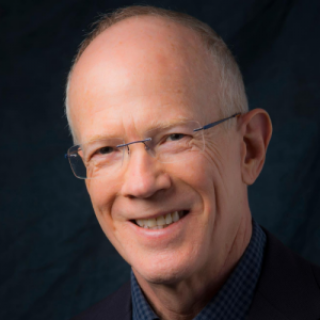Understanding Head Start Coverage
Why It’s Less (and More) than You Think
December 16, 2016
Research in the news this week from the Center for Law and Social Policy, and NIEER’s own State(s) of Head Start report, focused on Head Start enrollment and revealed how location and other factors influence opportunity, especially for low-income families and children. These reports also bring to fore common misunderstandings in the way access to early care and education is typically reported; misunderstandings that can confuse the public and policymakers.
For example in “Disparate Access,” The Center for Law and Social Policy (CLASP) reported 54 percent of eligible Black preschoolers were served in Head Start preschool, as were 38 percent of eligible Hispanic/Latino children and 36 percent of eligible Asian children. For Black preschoolers, the share of eligible children served by Head Start is reported to range from 28 percent in Arizona to 108 percent in Mississippi, according to CLASP. No doubt the 108 percent figure struck some as odd despite CLASP’s explanation that this is an estimate.
Common practice in reporting Head Start coverage is to report the number of children enrolled as a percentage of the number of children below 100 percent of the federal poverty level (FPL). The percentage of children in poverty enrolled is treated as the same—at least roughly—as percentage of the eligible population served. However, these two are not all that similar, and the typical report that conflates the two is not correct for either one. The basic reason these two differ is that children do not have to be below the poverty line to qualify for Head Start. For this reason, CLASP accurately refers to their figures as estimates.
Unfortunately, the problem that results from the typical approach to estimating Head Start coverage is much worse than is generally recognized. Many people think that the problem is simply that each local program is allowed to have up to 10 percent of those who enroll above 100 percent of FPL. There is also an exception to allow children up to 130 percent of FPL if there are openings after enrolling all below 100 percent who want to enroll. However, there are bigger issues. Eligibility can be determined in a variety of ways other than income. Perhaps most importantly, once a child and family enter Head Start, they remain eligible even if family income rises, which happens for many families. In fact, it would be a travesty if incomes did not increase because Head Start seeks to help families get ahead economically.
The upshot of all of this is that Head Start coverage tends to be seriously overestimated by typical practice whether it is the percentage of children in poverty reached or the percentage of eligible children served. First, the percentage of children in poverty served cannot be determined simply by dividing Head Start enrollment by the number of children in poverty. Many children in the numerator (Head Start) are not in poverty—although they are low-income. This common mistake can result in reported figures as much as double the actual coverage of children in poverty. Second, coverage of the eligible population cannot be accurately determined by this calculation because many eligible children are not included in the denominator reflecting 100 percent of FPL (though again, they are low-income).
In State(s) of Head Start, NIEER for the first time analyzed Head Start program data from all 50 states and six territories and found that access, funding per child, teacher education, quality of teaching, and duration of services all vary widely by state. For the reasons discussed above, our report focuses on the percentage of low-income children served by Head Start—though we do report Head Start enrollment as a percentage of children below FPL for comparison purposes. We concluded from looking at a number of studies including Head Start’s own Family and Child Experiences Survey (FACES) that the true eligible population for Head Start is closer to the population under 200 percent of FPL, which is roughly twice as large as that under 100 percent of FPL.
As a result readers will find the figures we report shockingly low. We hope they respond to this better understanding of how limited Head Start’s reach is as well as the extent of the disparities in Head Start funding and coverage state by state.
The Authors
W. Steven (Steve) Barnett is a Board of Governors Professor and the founder and Senior Co-Director of the National Institute for Early Education Research (NIEER) at Rutgers University. Dr. Barnett’s work primarily focuses on public policies regarding early childhood education, child care, and child development.
About NIEER
The National Institute for Early Education Research (NIEER) at the Graduate School of Education, Rutgers University, New Brunswick, NJ, conducts and disseminates independent research and analysis to inform early childhood education policy.

